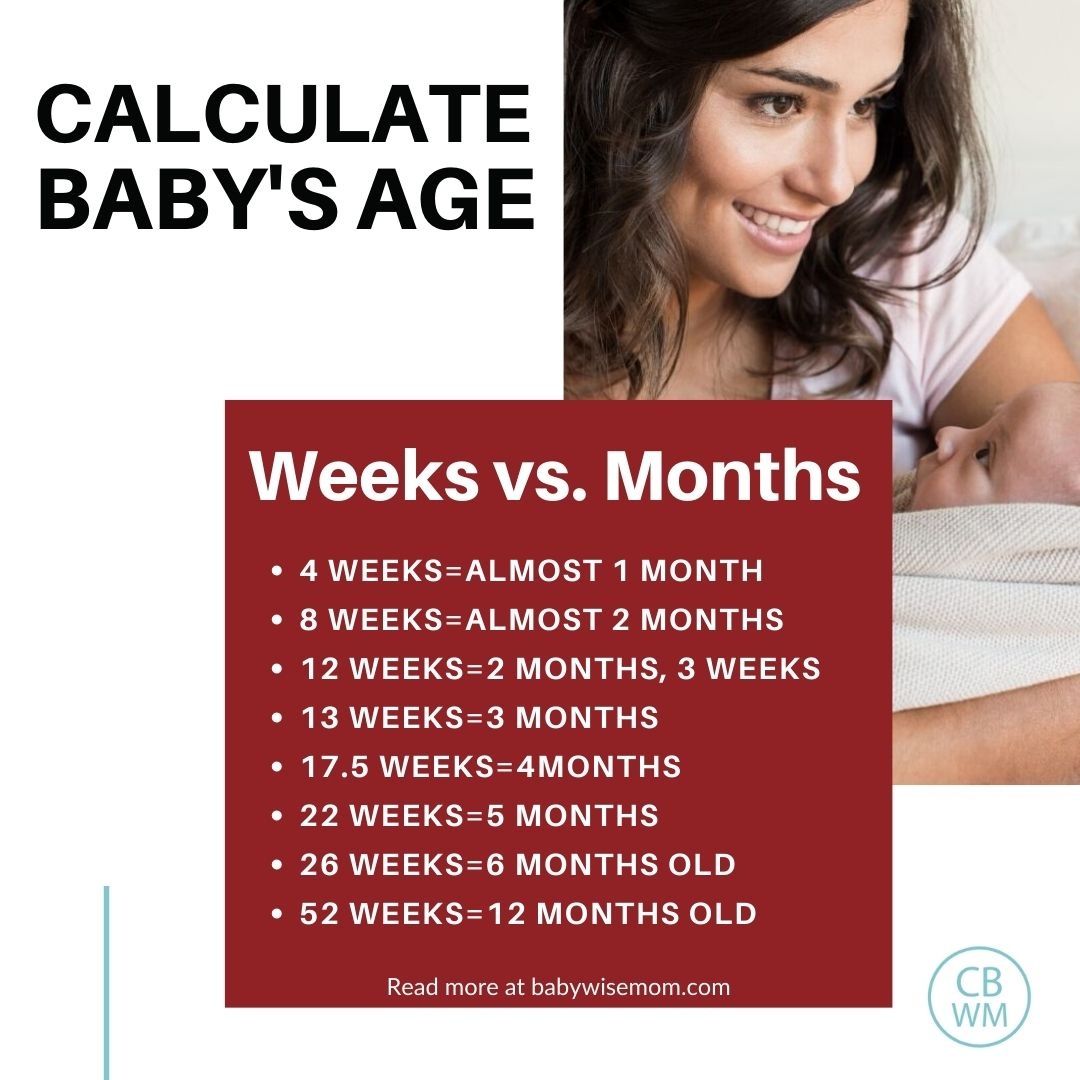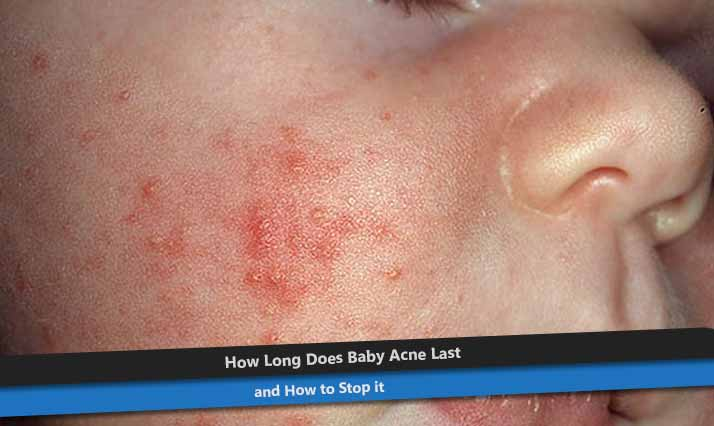How To Calculate Baby’s Age
Are you a new parent or caregiver looking to track your baby’s growth and development accurately? Understanding how to calculate your baby’s age is essential for monitoring milestones, scheduling vaccinations, and keeping track of developmental progress. In this article, we will dive deep into the methods and techniques for calculating your baby’s age effectively.
Knowledge
Calculating a baby’s age involves more than just counting days on a calendar. There are two primary methods used to determine a baby’s age: chronological age and adjusted age. Chronological age refers to the number of days, weeks, months, or years since your baby was born. Adjusted age, also known as corrected age, takes into account a premature baby’s gestational age at birth.
To calculate your baby’s chronological age, you simply count the number of days, weeks, months, or years since their birth date. For example, if your baby was born on January 1st, and today is January 15th, your baby’s chronological age would be 15 days old. When tracking developmental milestones, healthcare providers often use this method to gauge progress.
If your baby was born prematurely, their adjusted age may differ from their chronological age. Adjusted age takes into consideration the number of weeks or months your baby was born before their due date. For instance, if your baby was born 4 weeks early, you would subtract those 4 weeks from their chronological age to determine their adjusted age. This method helps healthcare professionals assess developmental milestones accurately for premature infants.
Converting your baby’s age from days to weeks, months, or years can be helpful for tracking growth and development. Here is a simple guide to converting your baby’s age:
By converting your baby’s age into different units of time, you can better understand their developmental progress and milestones.
Conclusion
In conclusion, understanding how to calculate your baby’s age is crucial for monitoring their growth and development accurately. By utilizing both chronological and adjusted age methods, you can track milestones effectively and ensure your baby is reaching important developmental stages. This information is beneficial for parents, caregivers, and healthcare professionals alike.
Overall, knowing how to calculate your baby’s age allows you to provide the best care and support for your little one as they grow and thrive. Remember to consult with your healthcare provider if you have any concerns about your baby’s development or age calculation.






